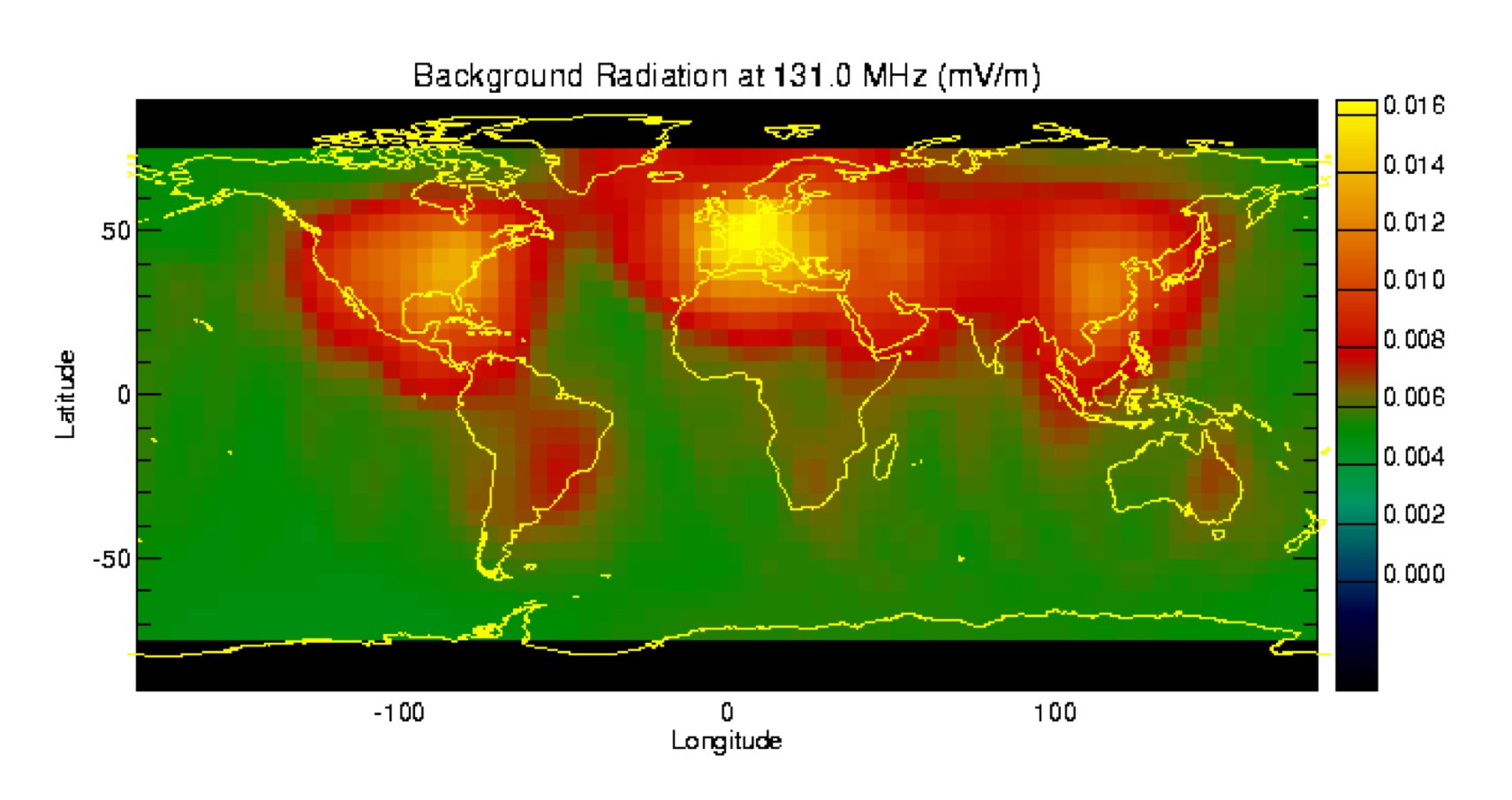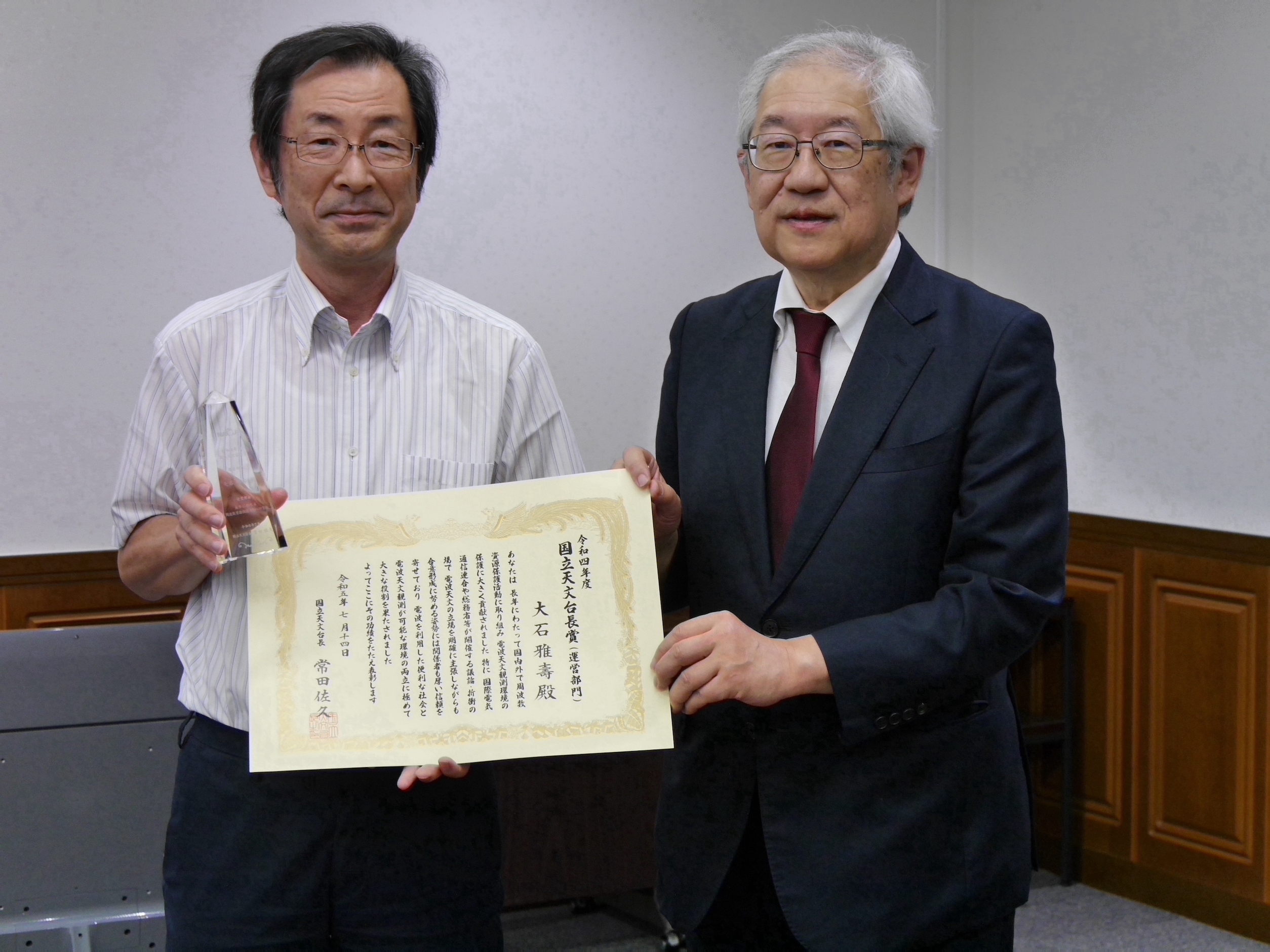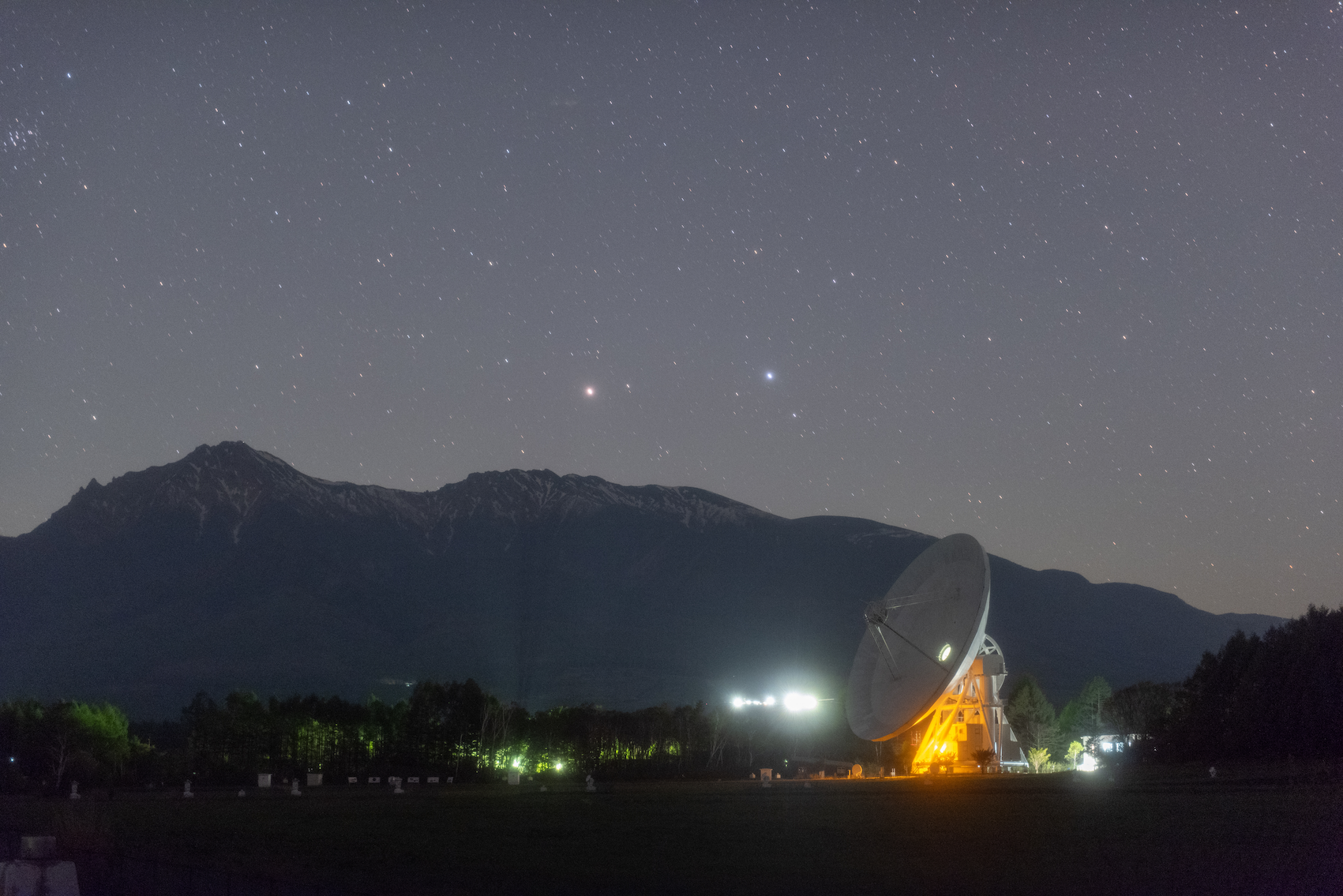Based in the Public Relations Center in the National Astronomical Observatory of Japan (NAOJ),the Spectrum Management Office works to protect the environment for astronomy observations
through promoting awareness and policies for the effective and responsible management of the electromagnetic spectrum, most notably radio waves and optical light.
To this end we work to ensure a peaceful and mutually respectful coexistence between radio astronomers and other radio users and to reduce light pollution as much as possible
for the protection of our optically “dark” and radio “quiet” sky.
Radio waves are used in various places in our daily lives.
The Spectrum Management Office makes proposals from the perspective of astronomy researchers at public meetings for appropriate spectrum management to avoid radio frequency interference.
We also provide advice and support to Japanese observatories in applying to the Ministry of Internal Affairs and Communications for designation
as a radio astronomy facility under Radio Law Article 56-1, which ensures that the operation of recognized radio astronomy facilities will not be obstructed by other services.
The beautiful starry sky belongs to all the people of the world.
We know that artificial lighting is required for traffic safety and other modern conveniences,
but it is possible to reduce the amount of light that leaks up into the sky. Many satellites in the sky look like stars, but we make efforts to mitigate the impact of those false stars through discussions with the satellite operators.
On this website you can find updates from the Spectrum Management Office as well as an introduction to radio astronomy
and the need for spectrum management and light pollution prevention activities.

Global RFI distribution taken by the Forte Satellite in 131MHz (Courtesy by A. Tzioumis @ CSIRO, Australia)
>>Spectrum Management Office STAFF
News and Updates
2025.10.25:Presentation on Frequency Resource Protection at "Mitaka Open House Day 2025"
At "Mitaka Open House Day 2025" held at NAOJ on Oct 25th 2025,
we explained our efforts to protect radio astronomical observation environments with the posters.
2025.04.18:Nobeyama 45-m Radio Telescope Appears in the Movie "Detective Conan: The One-Eyed Flashback".
When visiting Nobeyama Radio Observatory, please turn off your mobile phone or set it to airplane mode in the designated areas to avoid radio interference with the astronomical observations by the 45-m radio telescope.
2025.03:Article Published in The Astronomical Herald vol.118 No.3
“Protect the Environment for Radio Astronomy Observation - Report on the World Radiocommunication Conference ( WRC ) 2023 - ” was published in “The Astronomical Herald vol.118 No.3.” (in Japanese)
2024.03.05:Issues on astronomy and satellite constellations were covered in two Japanese TV programs in February and March. Dr. Hiramatsu, the head of the NAOJ SMO introduced how satellite constellations impacts on astronomy.
2023.11.17:Starry sky observation in the summer of 2023 about the results of the night sky brightness survey using a digital cameraby by the Ministry of the Environment have been released.
2023.08.21:Minami-Rokuroshi, Ono City, Certified as Asia’s First Urban Night Sky Place.
Minami-Rokuroshi, Ono City in Fukui Prefecture, was certified as the first Urban Night Sky Place of International Dark Sky Place in Asia by DarkSky International.
“International Dark Sky Place” is certified for the outstanding efforts to preserve the dark and beautiful night sky place,
and “Urban Night Sky Place” is an area near a city, where artificial lights can affect the night sky.
>> DarkSky International
2023.07.19:Dr. Masatoshi Ohishi, former Head of the Spectrum Management Office of the Public Relations Center, NAOJ,
has received the 2022 NAOJ Director General's Prize, which recognizes his achievements in spectrum management, both in Japan and internationally for many years.
He has continuously attended many international conferences on spectrum management since the 1990s, and has made numerous proposals and advices for the protection of the frequency bands allocated to radio astronomy and for the further development of radio astronomy, both nationally and internationally.
He was assigned as the Head of the Spectrum Management Office in 2019, and received this award in recognition of his strong advocacy and outstanding achievements in spectrum management.
The award ceremony was held at NAOJ on July 14, 2023.

2023.06.15:A seminar “The Cultural Relevance of Dark and Quiet Sky Protection" organized by the IAU Office for Astronomy Outreach (OAO) for the Dark and Quiet Skies project,
was held on May 31st, 2023, and Dr. Hiramatsu, director of SMO office, explained the importance to protect the dark and quiet night skies and the activities.
You can view the seminar on YouTube, in which Dr. Hiramatsu's part is about 30 minutes in the first half.
>> See YouTube
2023.05.15:The G7 Science and Technology Ministers published "G7 Science and Technology Ministers’ Communique" ,
in which they announced that they recognize the importance of continued discussion,
on the impact of large constellations of satellites on astronomy for the protection of the dark and quiet sky.
2023.04.24:NAOJ, in collaboration with OISTER (Optical and Infrared Synergetic Telescopes for Education and Research), demonstrated that Visorsat with a sunshade reduces sunlight reflection by approximately half compared to a regular Starlink satellite. The results were published as "Multicolor and multi-spot observations of Starlink's Visorsat" by Horiuchi et al. in "Publications of the Astronomical Society of Japan (PASJ) ".
The list includes the devices which can be used outdoors and are expected to cause radio interference to radio astronomy observation.
2023.01:The area around the Ishioka Geodetic Observing Station of Geospatial Information Authority of Japan was excluded from the communication service area of the Starlink satellites.
The Starlink satellite communication service provided by SpaceX is required to operate in a way that does not cause radio frequency interference to radio astronomy observations.
SpaceX has kindly excluded the area around the Ishioka Geodetic Observing Station from the Starlink satellite service areas, which measure is over the interference prevention rules,
in order to avoid any impact on the receivers for radio astronomy observations.
For details, please refer to the following website.
>> The Starlink satellite communication service_map
2022.12.12:Starry sky observation in the summer of 2022 about the results of the night sky brightness survey using a digital cameraby by the Ministry of the Environment have been released.
2022.10.29:Presentation on Frequency Resource Protection at "Mitaka Open House Day 2022" At "Mitaka Open House Day 2022" held at NAOJ on Oct 29th 2022, we made a presentation on the necessity of protecting frequency resources for protecting radio astronomy observations. Also we measured radio waves there with a spectrum analyzer, and showed them compared with the waves measured at the Nobeyama Radio Observatory, where radio astronomy observations are being conducted in almost no radio frequency interference around there.
2022.07.01:The Ministry of the Environment has posted a YouTube video (in Japanese) to raise awareness for the prevention of light pollution.
The Ministry of the Environment has posted a video on YouTube, showing measures to prevent light pollution in the Yaeyama Islands, which are located at the most southwestern tip of Japan and have an extremely excellent starry sky.
The measures can be applicable to anywhere.
>> The Yaeyama Islands Coexistence with starry sky (in Japanese)
Names with * are unofficial translation.
Tweet





